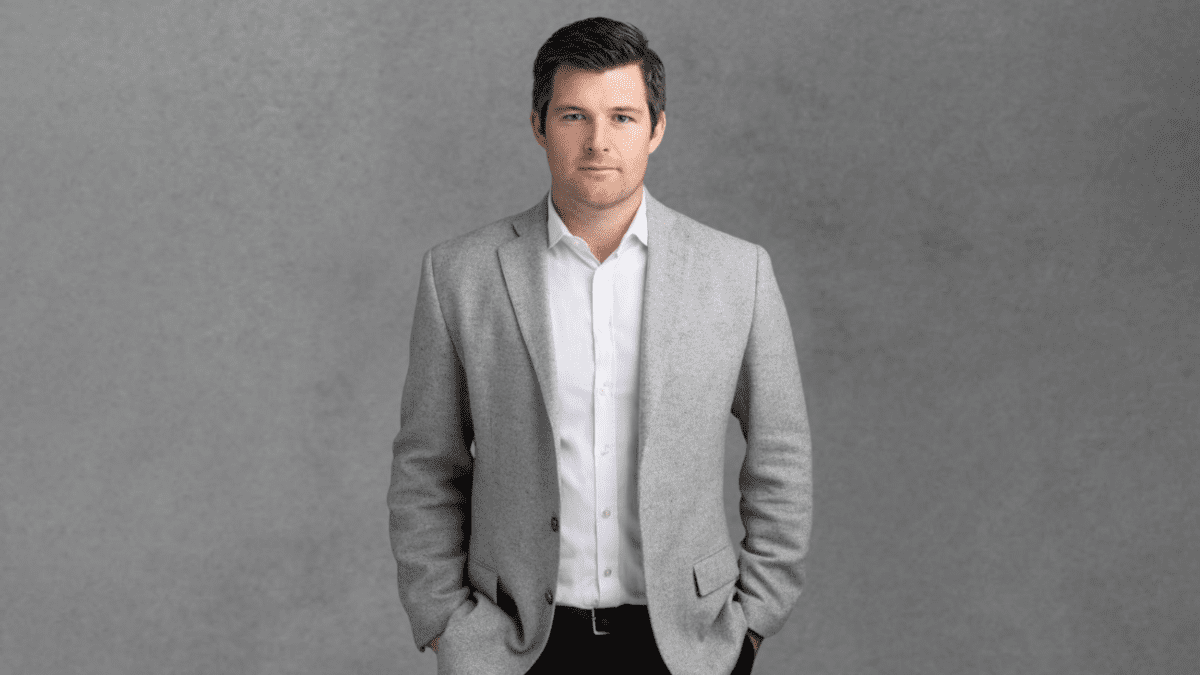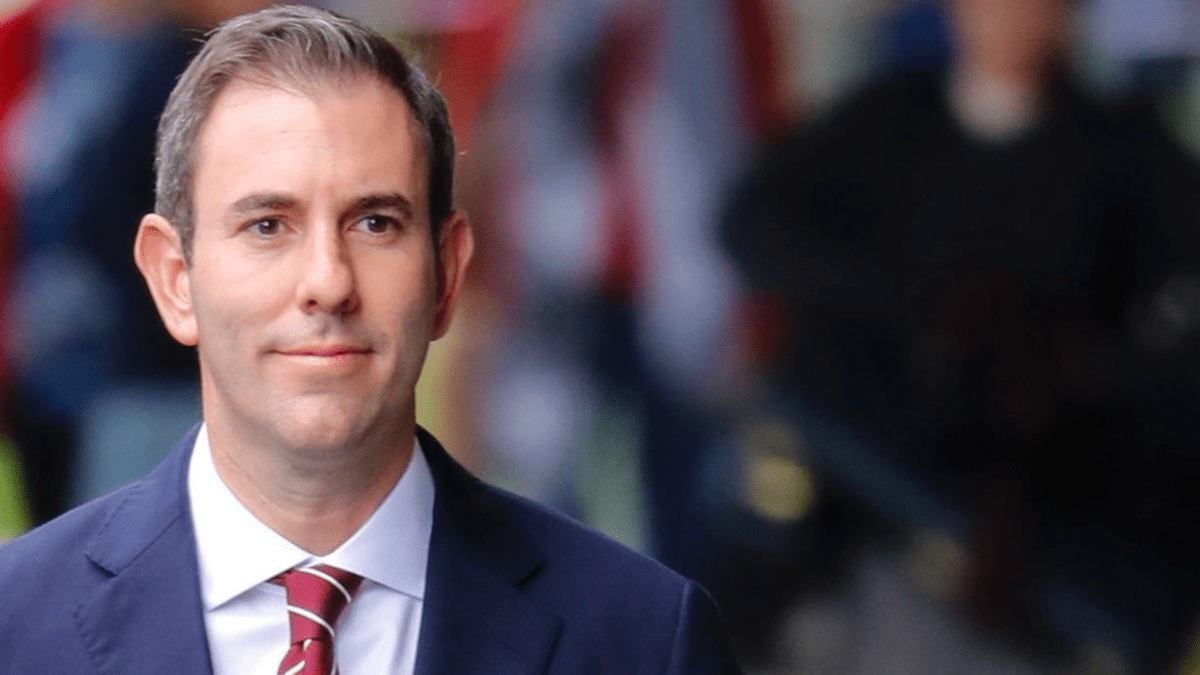Tough choice for self-funded retirees – term deposits or private credit
Self-funded retirees could be facing a tough investment decision in 2025. While the number of analysts and economists expecting the Reserve Bank to cut interest rates before the festive season can be counted on one hand, most are firmly of the view it will happen in the first half of 2025.
So, for many of this retiree cohort who have enjoyed dining out on heathy term deposit returns since the Reserve Bank began lifting interest rates in 2022 – SMSFs held $162.4 billion in cash and term deposits at June 30, 2024 – they might have to look elsewhere in their hunt for yield.
No doubt, many will eye private credit, very much the investment flavour of the mouth. With yields ranging between eight per cent and 12 per cent, it’s understandably attracting investment. But are the risks understood? There are even some in the private credit markets who think not.
Simon Arraj, director and responsible manager at the investment manager Vado Private, fears that as investors chase returns there will be a surplus of capital in the market and managers will be forced to chase riskier deals.
“It’s just my opinion, of course, and many of my peers would disagree,” he tells The Golden Times. But I was at a conference recently, and there were about 65 private lenders in the room, and I hadn’t heard of 55 of them. It now seems everyone wants to be in private credit, so, when you get all these new entrants with little or no industry experience, that’s when things can get a little hairy.”
Arraj has first-hand experience of being a victim of this market exuberance, recently losing a deal to a broking firm he believes does not have the necessary expertise to be in private credit lending.
“We simply weren’t prepared to compete on the terms they were offering. We have certain guidelines that we won’t breach. Do I think they will lose money on this deal? No, I don’t. The party they are dealing with is commercially strong. But to me it’s an indication that the market is prepared to pay a premium to get a deal done, and we all know where that ends up.”
He hastens to stress that it’s just his view, and there’s the possibility that private credit will start to normalise with some players exiting the market and others consolidating their businesses.
“But right now I’m not seeing it, and I believe this can only intensify if interest rates start to fall as I expect to happen in the first half of next year. If that happens, expect increased consumer appetite for debt securities.”
In making this interest rate prediction, Arraj is not an outlier. It’s the consensus among economists and market analysts that rates will start to fall in the first half of next year. Mishan Dahia, an investment analyst at Atchison Consultants, says a recent IMF report had the battle against inflation almost won, with headline inflation in Australia expected to fall from 5.8 per cent in 2024 to 3.5 per cent by 2025.
Tom Cranfield (pictured), director, investment and risk, at the alternative manager Zagga, is a little more cautious and is not expecting cuts until the middle of 2025.
“We think the Reserve Bank is sending a signal that they want to see stability in the economy, and cutting interest rates will be a carefully managed process. So, we’ll watch the data closely and listen to what the economists say, but from what we can understand right now, our view is the middle of next year.”
Zagga, which has more than 500 investors on its books – mostly over age 50 and one-third via an SMSF – is more sanguine about the state of the private credit market.
“We would always welcome any additional regulatory oversight that would improve processes and make everyone feel more comfortable. And obviously we’ve seen rapid growth in the sector. But our business suggests that it’s sophisticated investors – sovereign wealth funds, insurance funds, high net worths or family offices – who are playing in this space, and they’re extremely smart, sophisticated investors who do their due diligence.
“From our perspective, as a lender in commercial real estate – every investment is 100 per cent secured by a registered first mortgage – we believe we give our investors a conservative risk profile and have still rewarded them with an average annual return of 9.8 per cent since 2017.”
Cranfield makes a salient observation. The big end of town that has long invested in private credit do their due diligence – and self-funded retirees chasing higher yields must do the same.
Remember, with private credit, the devil is in the detail. Is the debt senior secured or is distressed or mezzanine debt? More fundamentally, how creditworthy is the borrower, with an IMF report stating they are typically highly leveraged, medium-size companies? What is the fee structure? How quickly can you get your capital back?
The analysts and economists might be right – interest rates are on a downward trajectory, making term deposits less appealing. But they remain a secure, simple investment, that won’t keep you up at night. Not so private credit, where it’s imperative to do the homework to minimise the myriad risks.










